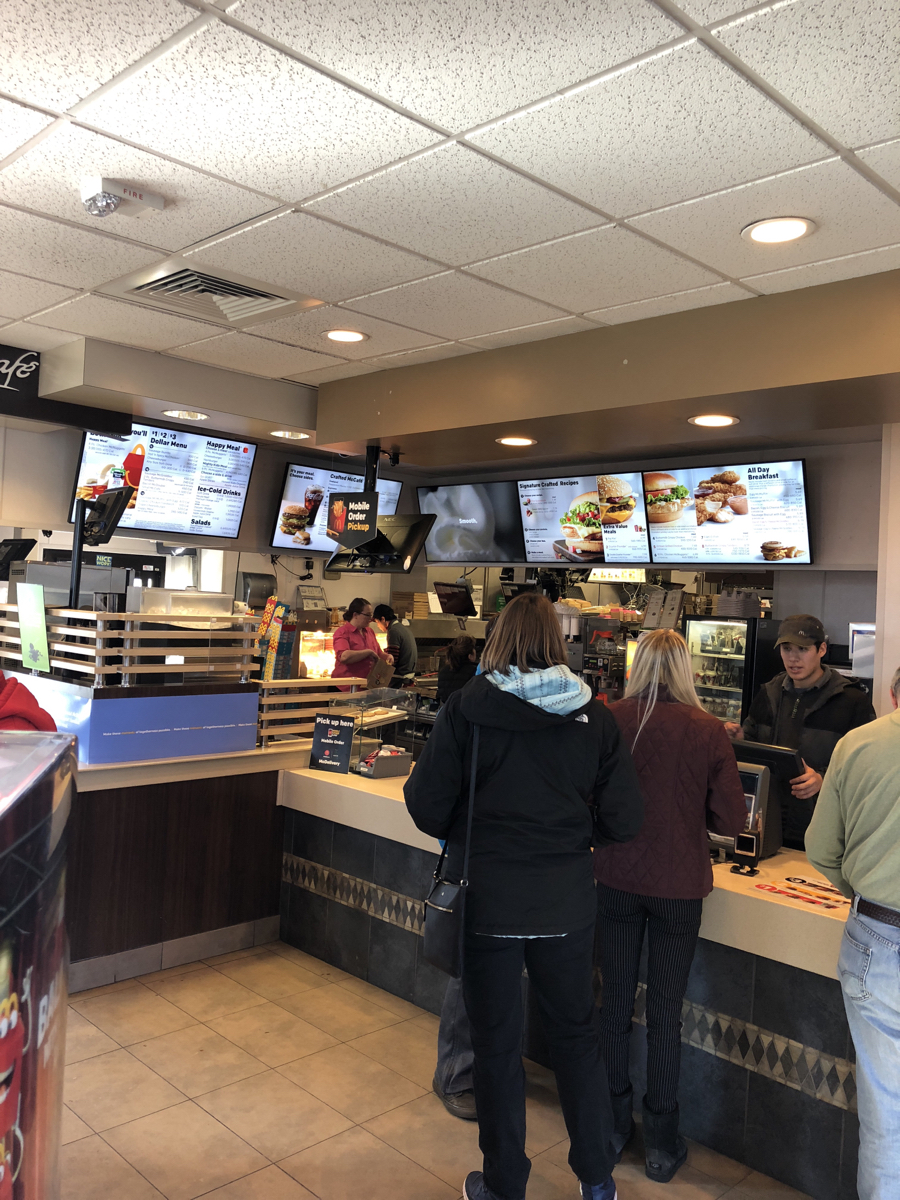Title Page
-
Document No.
-
Audit Title
-
Client / Site
-
Conducted on
-
Prepared by
-
Location
-
Personnel
Communication and Expectations
-
An up-to-date health and safety policy statement is posted.
-
A harassment policy is posted.
-
Employee responsibilities are posted.
-
Management responsibilities are posted.
-
Health and safety meetings are held monthly and minutes are posted.
-
The Occupational Health and Safety Regulation (the Regulation) is available and accessible.
-
An up-to-date pipeline poster is posted.
Preventing Serious Incidents
-
Fire exits and signs are operable.
-
Fire exits are accessible.
-
Fire extinguishers are checked annually.
-
Last checked:
-
Emergency lighting is operable.
-
A fire procedure is posted.
-
Trained fire marshals are identified.
-
The fire marshals are:
-
A fire drill is conducted annually.
-
Last drill held:
-
Kitchen fire retardant system is inspected semi-annually.
-
Date last inspected:
-
The exhaust and grease ventilation system is cleaned semi-annually and marked with a sticker.
-
Date last cleaned
-
Microwaves are checked every six months.
-
Date last checked:
-
Plugs and cords on all electrical equipment are in good repair.
-
Circuit breaker panels are clearly marked and labelled.
-
Lockout capacity for all electrical panels and lockout procedures are posted.
-
Procedures for working alone are posted.
-
Emergency phone numbers are posted on all phones.
-
Procedures for armed robberies, bomb threats, and blackouts (power failures) are accessible by staff members.
-
The griddle is cleaned to remove excess grease from inside and underneath.
-
Last done:
Preventing Strains and Sprains (Soft-Tissue Injuries)
-
Loads are carried close to the body between waist and chest level.
-
Stretching exercises are encouraged between rushes (for example, while waiting for food orders).
-
Trays are used to balance heavy loads.
-
High reach areas have been identified and appropriately equipped (for example, with footstools, steps at pass through, and ladders).
-
Heavy items are stored between waist and shoulder heights.
-
Employees squat, bend knees, and do not bend or twist at the waist.
-
Employees use two hands to handle heavy items.
-
Dollies, carts, and trays are available and used to carry heavy loads.
-
"Preventing Strains and Sprains" posters are up.
-
"Clean as you go" is practiced.
-
Work areas are clear and well organized.
-
Spills are wiped up immediately.
-
Garbage cans are emptied frequently to prevent overflow.
-
"Wet Floor" signs are available and used.
-
Floors and carpets are in good condition.
-
Footwear is slip resistant, closed toe, and in good condition.
-
"Walk, don't run" is practiced, and employees say "behind."
Preventing Serious Cuts and Lacerations
-
Knives are carried and handled safely. Procedures are posted and practiced.
-
Knives are sharp and stored in a proper rack.
-
Slicer gloves are available and used by employees.
-
Slicer blade guard is used by employees.
-
Broken glass is kept separate from other garbage and handled with care.
Preventing Chemical Poisoning and Related Hazards
-
WHMIS and material safety data sheets (MSDSs) are up-to-date and readily available.
-
Employees understand the key points of MSDSs (what they are and how they are used).
-
Workplace labels are used on chemicals removed from their original containers (including spray bottles).
-
An eye wash bottle is available.
-
Goggles are available and used when mixing chemicals.
-
All chemicals are covered, labelled, and stored away from food and food-service storage areas.
-
All CO2 tanks are chained and secured to prevent falling over.
-
Accidents are investigated using an Incident Investigation Form and followed up on to prevent recurrence.
Preventing a Serious Burn Injury
-
Hot oil and disposal procedures are posted.
-
Hot oil and disposal procedures are followed.
-
Goggles and neoprene gloves are available and used when handling hot oil.
-
Employees fill fry baskets away from hot oil and not directly over top.
-
Shortening is allowed to cool before filtering.
-
Approved lidded shortening pails are available and used.
-
Oven mitts are used with hot objects.
Incident Investigations
-
Accidents are investigated using an Incident Investigation Form and followed up on to prevent recurrence.
Records and Statistics
-
The number of accidents is reviewed monthly.
-
Maintenance records are available.
First Aid
-
First aid certificate holders are identified by posted hard copies of certificates
-
A first aid certificate holder is on duty at all times.
-
An appropriate first aid kit is accessible to all employees, and is kept clean, dry, and fully stocked according to Regulation standards.
-
A first aid log book is complete, up-to-date, and kept in the first aid kit.
-
A blue adhesive bandage policy is posted.
Sign off
-
Sign off
Signature
-
Add signature








